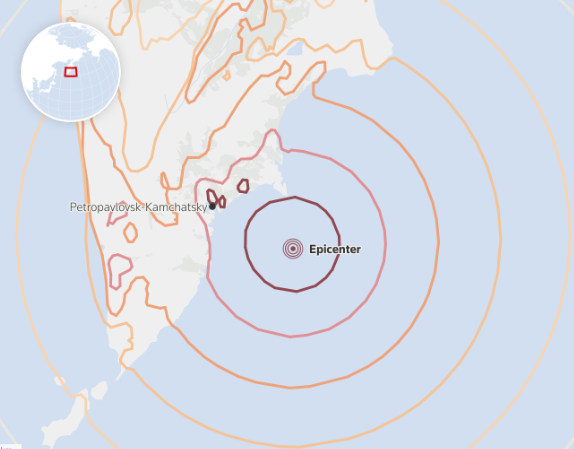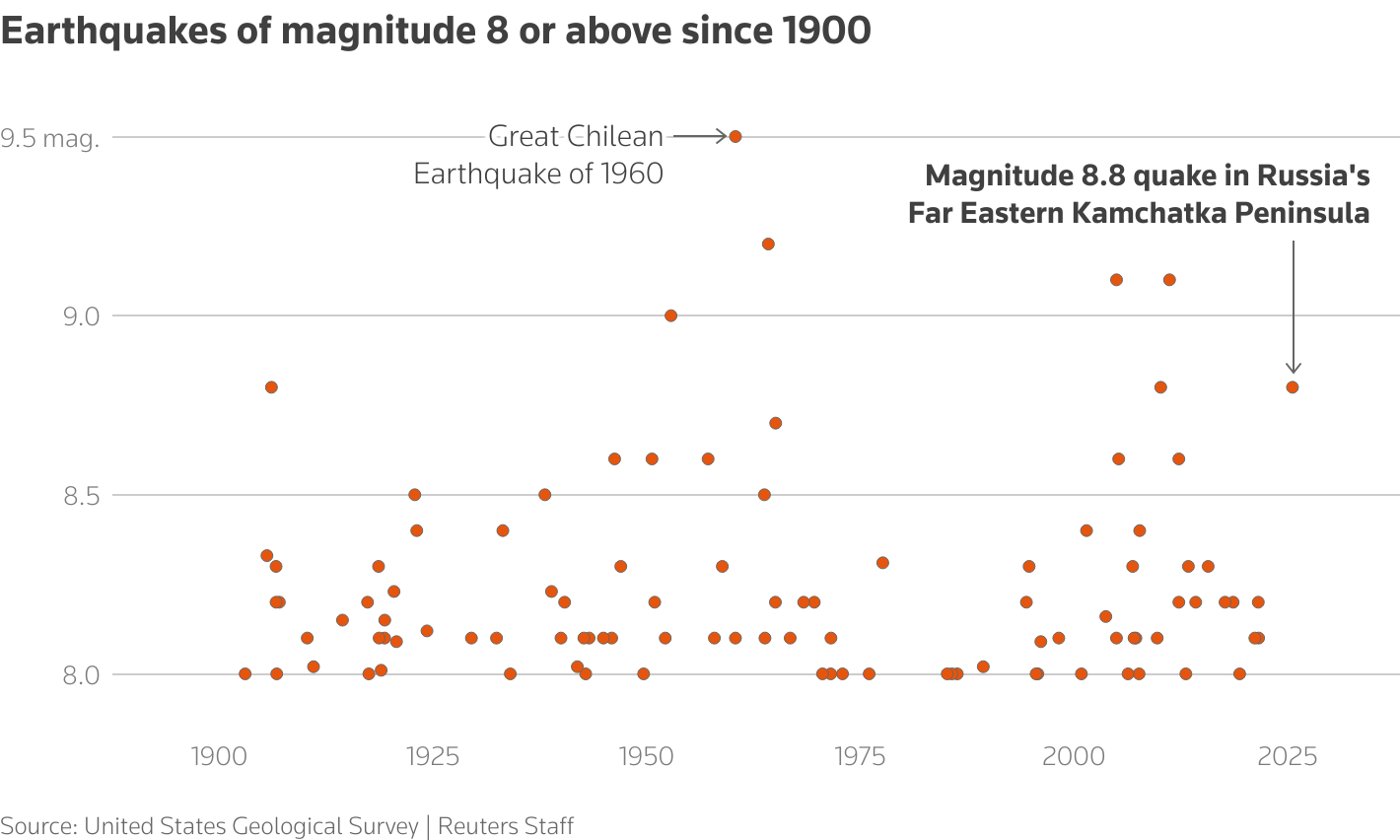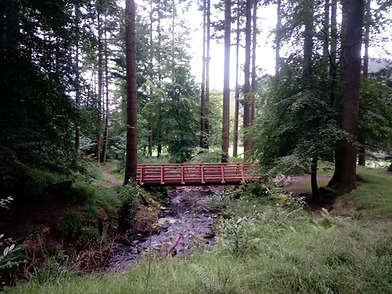
The shallow earthquake damaged buildings and injured several people in the remote Russian region, while much of Japan's eastern seaboard - devastated by a 9.0 magnitude earthquake and tsunami in 2011 - was ordered to evacuate.
A powerful magnitude 8.8 earthquake off Russia's far eastern Kamchatka Peninsula triggered 4-metre (13-foot) tsunami waves and sparked evacuation orders across the Pacific on Wednesday.
The shallow earthquake damaged buildings and injured several people in the remote Russian region, while much of Japan's eastern seaboard - devastated by a 9.0 magnitude earthquake and tsunami in 2011 - was ordered to evacuate.
In Hawaii, coastal residents were told to get to high ground or the fourth floor or above of buildings, and the U.S. Coast Guard ordered ships out of harbours as the tsunami approached.
"Take Action! Destructive tsunami waves expected," the Honolulu Department of Emergency Management said on X.
Tsunami waves reaching 10-13 feet struck parts of Kamchatka, partially flooding the port and a fish processing plant in the town of Severo-Kurilsk and sweeping vessels from their moorings, regional officials and Russia's emergency ministry said.
"Today's earthquake was serious and the strongest in decades of tremors," Kamchatka Governor Vladimir Solodov said in a video posted on the Telegram messaging app.
Russia's Ministry for Emergency Services said on Telegram that a kindergarten was damaged but most buildings withstood the quake. No serious injuries or fatalities have been reported.
The U.S. Geological Survey said the earthquake was shallow at a depth of 19.3 km (12 miles), and was centred 119 km east-southeast of Petropavlovsk-Kamchatsky, a city of 165,000.
It revised the magnitude up from 8.0 earlier, and reported a series of strong aftershocks up to a magnitude of 6.9.
Tsunami alarms also sounded in coastal towns across Japan's Pacific coast and evacuation orders were issued for tens of thousands of people.
Workers evacuated the stricken Fukushima nuclear plant, where a meltdown following the 2011 tsunami caused a radioactive disaster, operator TEPCO said.
Footage on public broadcaster NHK showed scores of people in the northern island of Hokkaido on the roof of a building, sheltering under tents from the beating sun, as fishing boats left harbours to avoid potential damage from the incoming waves.
Automaker Nissan Motor 7201.T suspended operations at certain domestic factories in Japan to ensure employee safety, Kyodo news agency reported.
Three tsunami waves had been recorded in Japan, the largest of 60cm (24 inches), officials said. Japan's Chief Cabinet Secretary Yoshimasa Hayashi said there were no injuries or damage reported so far, and no irregularities at any nuclear plants.

The U.S. Tsunami Warning System also warned of "hazardous tsunami waves" spreading across the Pacific.
Waves reaching more than 3 metres were possible along some coasts of Russia, the northern Hawaiian islands and Ecuador, while waves of 1-3 metres were possible in countries including Japan, Hawaii, Chile and the Solomon Islands, it said.
Smaller waves were possible along coastlines across much of the Pacific, including the U.S. West Coast.
Donald trump issued a warning for some of those in America:
Due to a massive earthquake that occurred in the Pacific Ocean, a Tsunami Warning is in effect for those living in Hawaii. A Tsunami Watch is in effect for Alaska and the Pacific Coast of the United States. Japan is also in the way. Please visit https://t.co/wdFzeu1I0h for the…
— Donald J. Trump (@realDonaldTrump) July 30, 2025
Several people in Kamchatka sought medical assistance following the quake, Oleg Melnikov, regional health minister, told Russia’s TASS state news agency.
"Unfortunately, there are some people injured during the seismic event. Some were hurt while running outside, and one patient jumped out of a window. A woman was also injured inside the new airport terminal,” Melnikov said.
Kamchatka and Russia's Far East sit on the Pacific Ring of Fire, a geologically active region that is prone to earthquakes and volcanic eruptions.
The Russian Academy of Sciences said it was the strongest quake to hit the region since 1952.
"However, due to certain characteristics of the epicentre, the shaking intensity was not as high...as one might expect from such a magnitude," said Danila Chebrov, director of the Kamchatka Branch of the Geophysical Service, on Telegram.
“Aftershocks are currently ongoing...Their intensity will remain fairly high. However, stronger tremors are not expected in the near future. The situation is under control.”
Additional Reporting: Reuters







